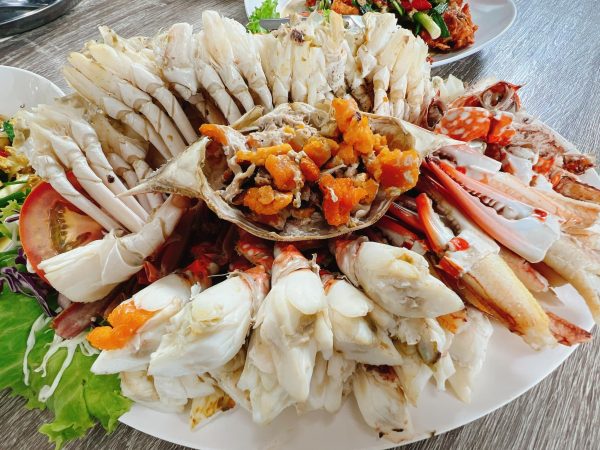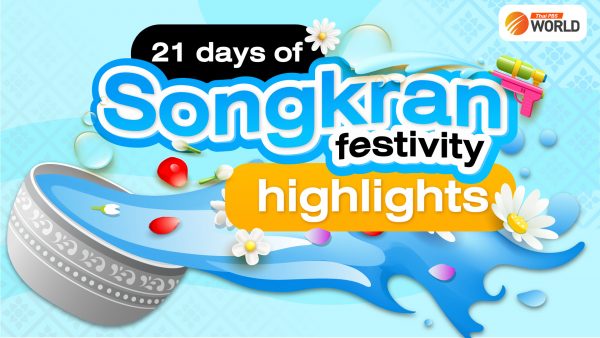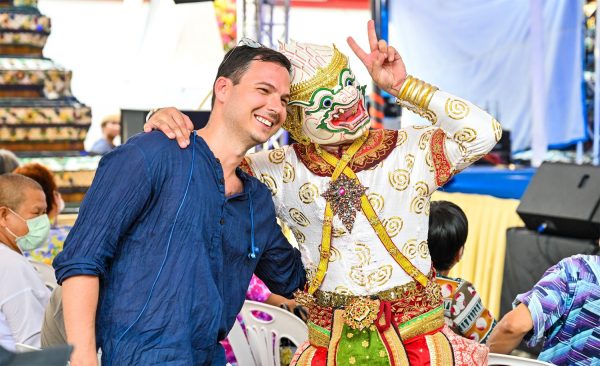Peranakan revisited

No trip to Phuket is complete without experiencing and tasting the best of Baba Nyonya culture
While most people know Phuket for its white sandy beaches and luxury resorts, the island is also bursting with a rich culture that can be traced back to the 19th century and the boom in the local tin mining industry. Chinese immigrants flowed into Phuket and the surrounding area to work in the mines and settled down, marrying locals and giving birth to a new ethnic group called Peranakan or Baba Nyonya. Over the years, they introduced their own unique culture that visitors today can admire, wear, feel and even eat.
Just as in Penang and Singapore, the Peranakan, most of whom hailed from Southern China, saw the potential of Phuket, as its coastal location made it ideal for international trade. And so they settled down, building their houses and introducing their cuisine and fashion.

Paranakan Baba dress
Visitors can experience the Phuket Baba or Peranakan all over the island, even without leaving their resort. Checking in at a hotel will likely also give you the chance to get up close and personal with the Peranakan. A good example is the newly opened Four Points by Sheraton Phuket Patong Beach Resort whose design welcomes hotel guests into a world of authentic local art with interiors that reflect Phuket’s classic Peranakan culture. The resort creates a feeling of a living gallery, with a collection of almost 70 original paintings and sculptures including works by Artslonga, an acclaimed local artist.


Paranakan decor at Four Points by Sheraton
From the lobby, swimming pool and guest rooms, the Four Points by Sheraton Phuket Patong Beach Resort reminds guests of its Peranakan roots. In term of gastronomy, Chao Leh Kitchen focuses on Phuket cuisine, and guests can expect Nyonya or Peranakan dishes on the buffet line and the a la carte menu.
Trying authentic Baba cuisine is a must. UNESCO has bestowed Phuket with the title “City of Gastronomy” and there is no doubt that the Peranakan culture has a lot to do with the honour. The Peranakan dishes bring the best of Hokkien, Thai and Malay cuisine together and the result is a unique fusion of ingredients, cooking methods and flavours.
It is easy to find local dishes but visitors should also make time to discover the architecture of the Old Town, a veritable Mecca of Peranakan. Drop by a local restaurant and try famous dishes such as Mee Hokkien (stir-fried Hokkien noodles) and Moo Hong (sweet-and-salted boiled pork).

Blue Elephant
For those looking for a fine dining experience, Blue Elephant Phuket restaurant comes highly recommended. Not only is it housed in a Sino-Colonial mansion but it also specializes in Peranakan dishes created by Chef Nooror Somany-Steppe and even holds cooking lessons in preparing the food correctly.
“We are proud to support Peranakan cuisine and to be a trusted Thai cooking school. We want to make sure that it’s not forgotten. These dishes are very detailed when it comes to ingredients, taste and appearance and they are a welcome addition to our fine dining menu,” Chef Nooror says.
Next to the Blue Elephant is the Chinpracha House (Baan Chinpracha), a museum that takes visitors back in time to explore Peranakan culture. In fact, the Blue Elephant has been renting its premises from the owners of Baan Chinpracha since 2010.
The Sino-Portuguese style mansion was built in 1903 by Phra Pitak Chinpracha. His descendants still live in the house and sometimes give a house tour. Only the ground floor is converted into a public museum.

Entrance of Chinpracha house
The architectural design is a fine example of the homes of the era. The floors tiles and many of the decorations were imported from China and Europe. The most striking feature is the inner central courtyard that is open to the sky and also serves as ventilation and, in the past, for rainwater collection.
The owners have kept every room as close to its original setting as possible, filling them all with antique furniture from China and Europe, photographs and the family’s artefacts. One room is dedicated to Peranakan fashion – outfits boasting a mix of Chinese, Malay and Thai traditional dress – as well as hairpieces, accessories and crowns. Baan Chinpracha also has a costume rental service and lends out space to those looking for an authentic Peranakan-style wedding. Visitors can also rent a dress and take photos in an authentic setting.
Baan Chinpracha is highly recommended to anyone interested in Phuket’s history, Peranakan or Hokkien Chinese culture (contact: : (076) 211167). It takes about an hour to explore the mansion. With its location on Krabi Road, visitors can easily combine the house visit with a walking tour of the Old Town where another Peranakan experience awaits. The area is dotted with cafés and local food shops and even boasts a shopping strip where you can complete your immersion in the culture with some Peranakan dresses and souvenirs to take home.






